Author: Anne Moïta Ngarboui, intern for PR at Global Bean
- What is your name, and how did you fall in love with legumes?
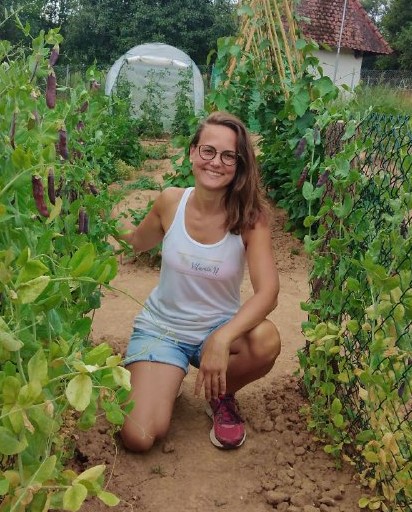
My name is Tanja Neuschild. Throughout my studies as a health advisor, I learned about the health benefits of legumes. I founded the Vitamin N initiative, thanks to which I got to know more and more farmers who grow legumes. Finally, I also discovered the positive impact legumes can have on the environment.
So, in short, I discovered the health and environmental benefits of legumes and understood that they were definitely underestimated.
- What are the main projects or organisations you are currently involved in?
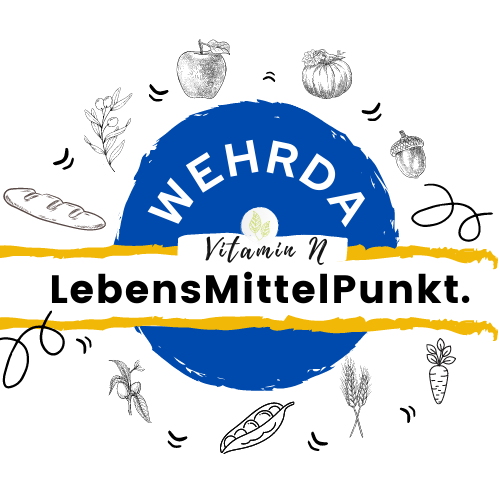
I am working for the Food Council Marburg on the pilot project « LebensMittelPunkt Wehrda » or “Food point Wehrda” in English.
- Can you briefly present their activity and your function?
.

The Food Council is a non-profit association, founded last year in Marburg, with the scope to make the current food system more sustainable
I am coordinating the « LebensMittelPunkt Wehrda » project for my district – Wehrda, which is a district of Marburg – aiming to set up a local community, by connecting people who are interested in sustainable nutrition, in order to work together to reach food sovereignty until 2030.
The « LebensMittelPunkte » or “food points” are meeting points for neighbours to exchange experiences, information and practical know how about food production and gardening.
- What actions are you implementing? How far along are you?
The pilot project started this year: it consists of taking a look at different city districts, starting with Wehrda, and to create these neighbourhood meeting places to exchange ideas about sustainable food. Two “food points” already exist, one at a food production field where we grow vegetables for the local community, and one at a local market where the products are sold.
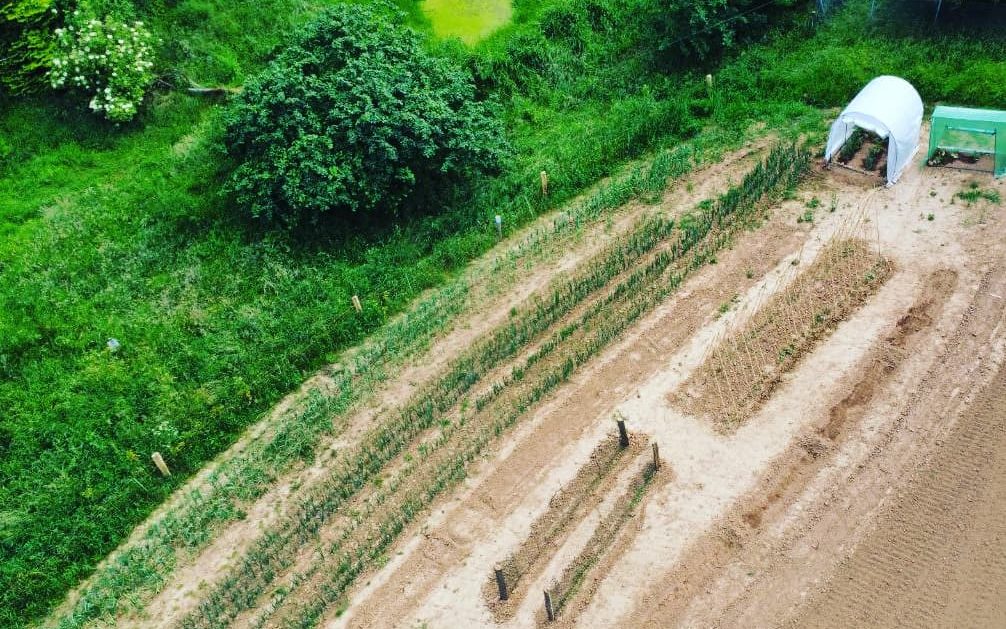
- What are your plans for the future?
We plan to create further food points at a community kitchen, and at an educational centre where nutritional knowledge is taught.
If the project takes off here in Wehrda, we will extend it to other districts of the city. At the moment, we are focusing on building a community, because the goal is to make healthy, climate-friendly and socially-sustainable food available to the people of Wehrda by 2030. Right now, there is a lot of interest from people in getting this kind of food, but it is difficult to implement if the structures aren’t in place.
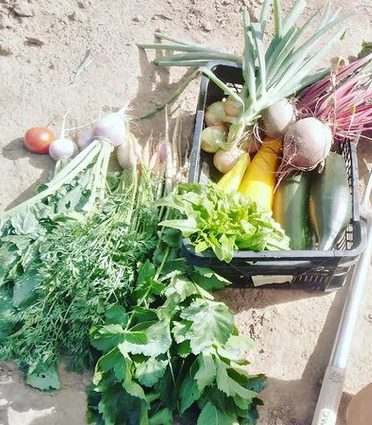
The idea is to re-implant local production in each district, with local farmers markets, locally produced fish and vegetables for example, which was how it was done in the old days. The first step towards that is having a strong neighbourhood community where everyone can bring something to the table. We have gotten a lot of positive feedback, and more people are manifesting interest in the project!
We also want to be active at a political level, involving the district and city administration.
- How is this work and organisation related to legumes? (you can present a project in particular)
With the beans show garden we created in Wehrda, next to the vegetable field, we would like to raise the attention of our local community to the huge diversity of legumes that can grow in our village.

Legumes are an important food for a healthy and sustainable diet. This is why we are organising weekly show garden tours for all citizens and a legume festival in october.
- Can you tell us more about this legume show garden project? Is it part of the “food point” ?
The legume show garden in Wehrda was created by students from a local school during their « UNESCO project day for sustainability ». The students built a legume-tunnel with 34 different types of legumes (bush beans, soy beans, climbing beans, fava beans, peas etc). The show garden is part of one of the local food points.
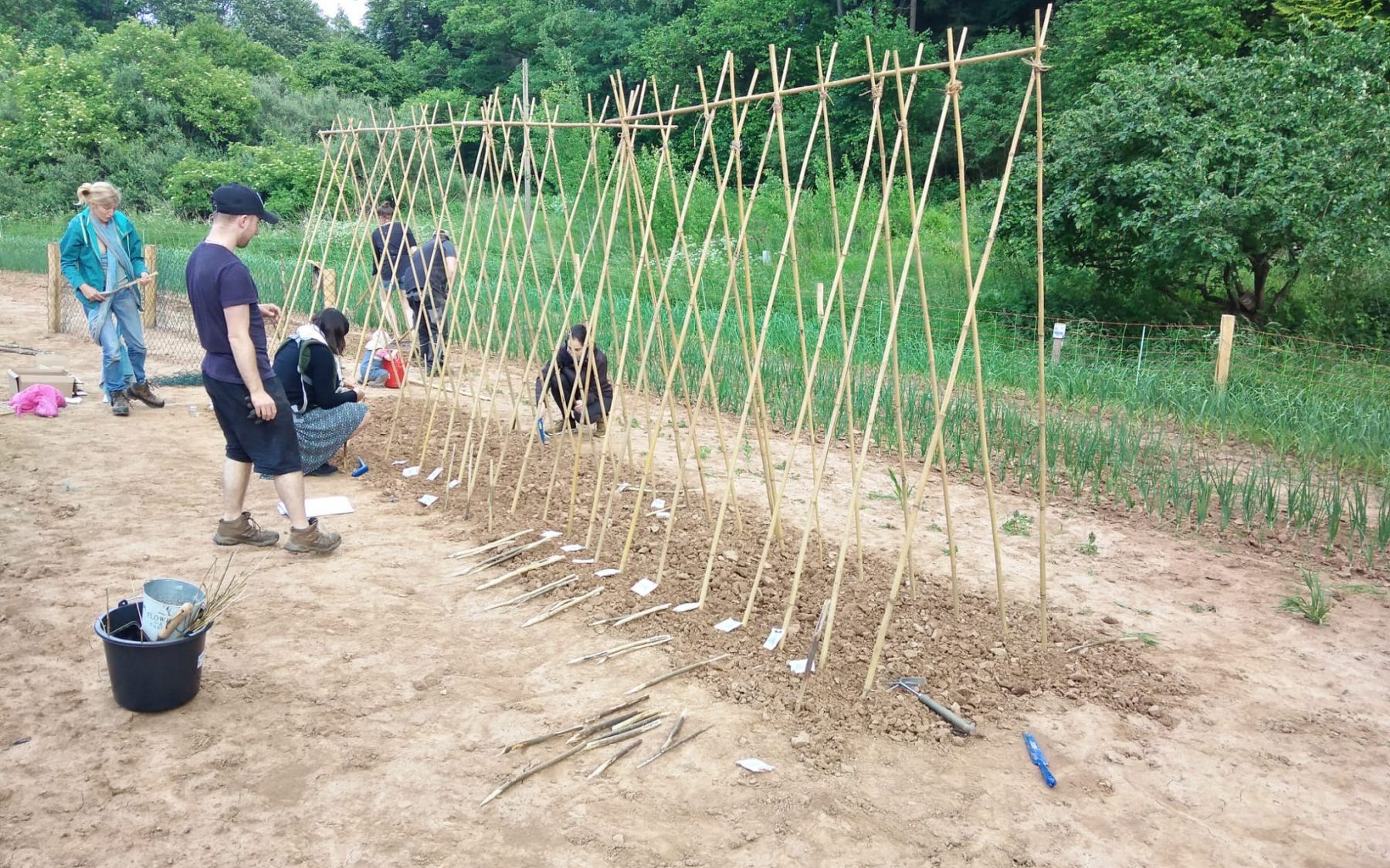
- How was it working with the students?
So, the language barrier was a challenge to overcome, since we were working with refugee children. We had to think about how to communicate best. It had also rained a lot beforehand, so with all the people working and walking on the acre, the ground had been compacted and was very hard. Then, when we had to build the tepee, the different sticks weren’t at the same height, so we had to work together to make a cohesive one. But otherwise, it was a lot of fun!
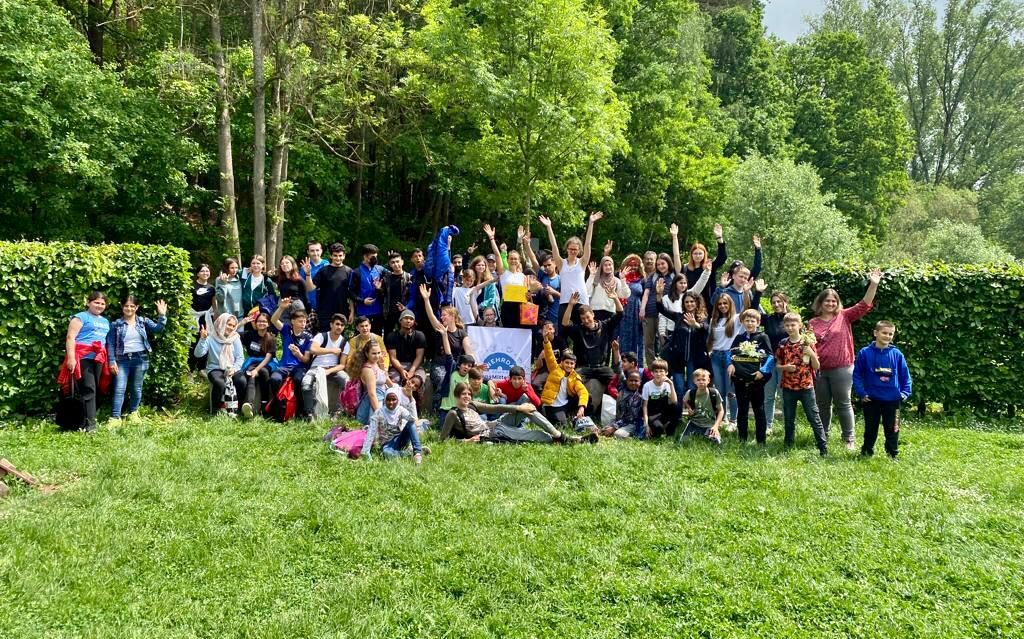
- How is the legume garden doing now?
The beans are growing very well! The runner beans that were planted on the 20th of May are starting to flower; we expect the bush beans to do so one month later, followed by the field beans.
- You mentioned your initiative called Vitamin N. Can you tell us what it is about?
I built up the foodpoint through the initiative Vitamin N. It was created around the question “Where do we get the food from?” so that our food consumption is health-, nature- and social-sustainability- conscious. Indeed, people are told about buckwheat and pulses for example, but then in supermarkets, these products actually come from far away.
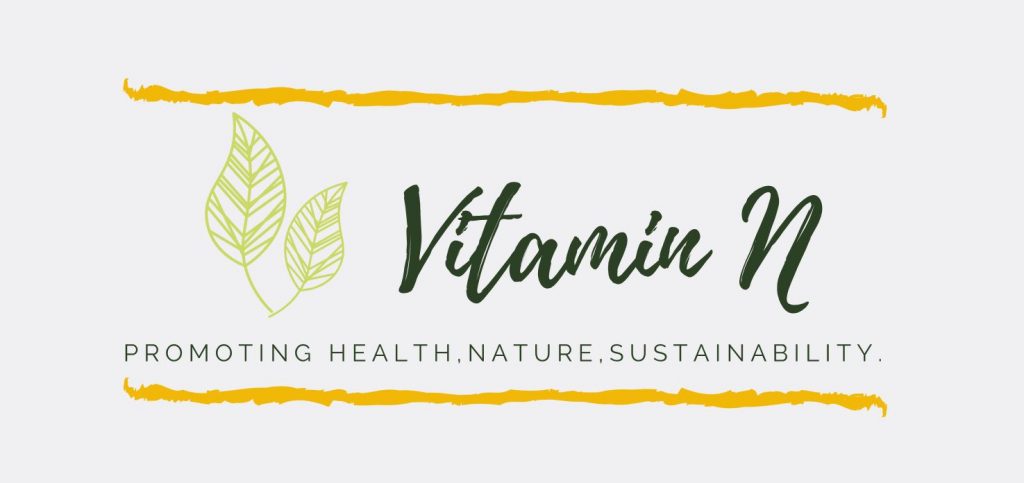
With this initiative, we look for small-scale farmers who can provide such food. I met many small farmers in Germany who are growing pulses!
Thanks to that, we were able to create the “LebensMittelPunkt” and bring in farmers we got to know through the Vitamin N network.
I started from a health-friendly perspective, but the initiative also makes it possible to have an influence on society. I feel like I can do something about it.
Food should bring all the different health, social and environmental aspects together.
- What do you want to achieve through your legume show garden?
I want to raise awareness, and show how great the diversity is. In the supermarkets, you can find red, green lentils, kidney beans and that’s mostly it. Through the Global Bean show garden, we can show that it is possible to grow such diversity, and how much is connected to it.
- What fact(s) about legumes do you find most compelling for their promotion?
Their benefits for health and the environment, particularly the soil.
- Which are the biggest challenges a) for producers and b) for consumers? (optional)
For the farmers, it’s having the courage to experiment. For consumers, it’s understanding how to use legumes in the kitchen.
Would you like to share specific informations with the Global Bean club? (event coming up soon, link to a website)
This is a video where we talk about the “food point” and our plans for the legume show garden! You can also follow the progress on Instagram at @lebensmittelpunkt.wehrda.
- Do you have a favourite legume and why?
I do not have a particular favourite one, I love to see, grow and eat the biggest possible diversity.
- What is a current recipe that you like? What legumes do you like to cook with or garden with?
Now, I eat pulses almost every day because they are so convenient! I cook them once or twice a week in a big pot, with salt. There is really no need for a lot of fancy stuff. Then I fill them into jars, and I can prepare different side dishes with different herbs and spices every day. I am also a fan of green peas, because you don’t have to soak them!
- Tell us about your personal experiences with legumes.
As a teenager I tried to cook my first paella with big white spanish beans but I had no idea that legumes needed to get soaked overnight. I added the dry beans to the rice and the cooking experiment turned out to be a disaster : even after hours of cooking the beans stayed hard like stones and I couldn’t serve anything to eat for the friends that I invited for dinner that night.

